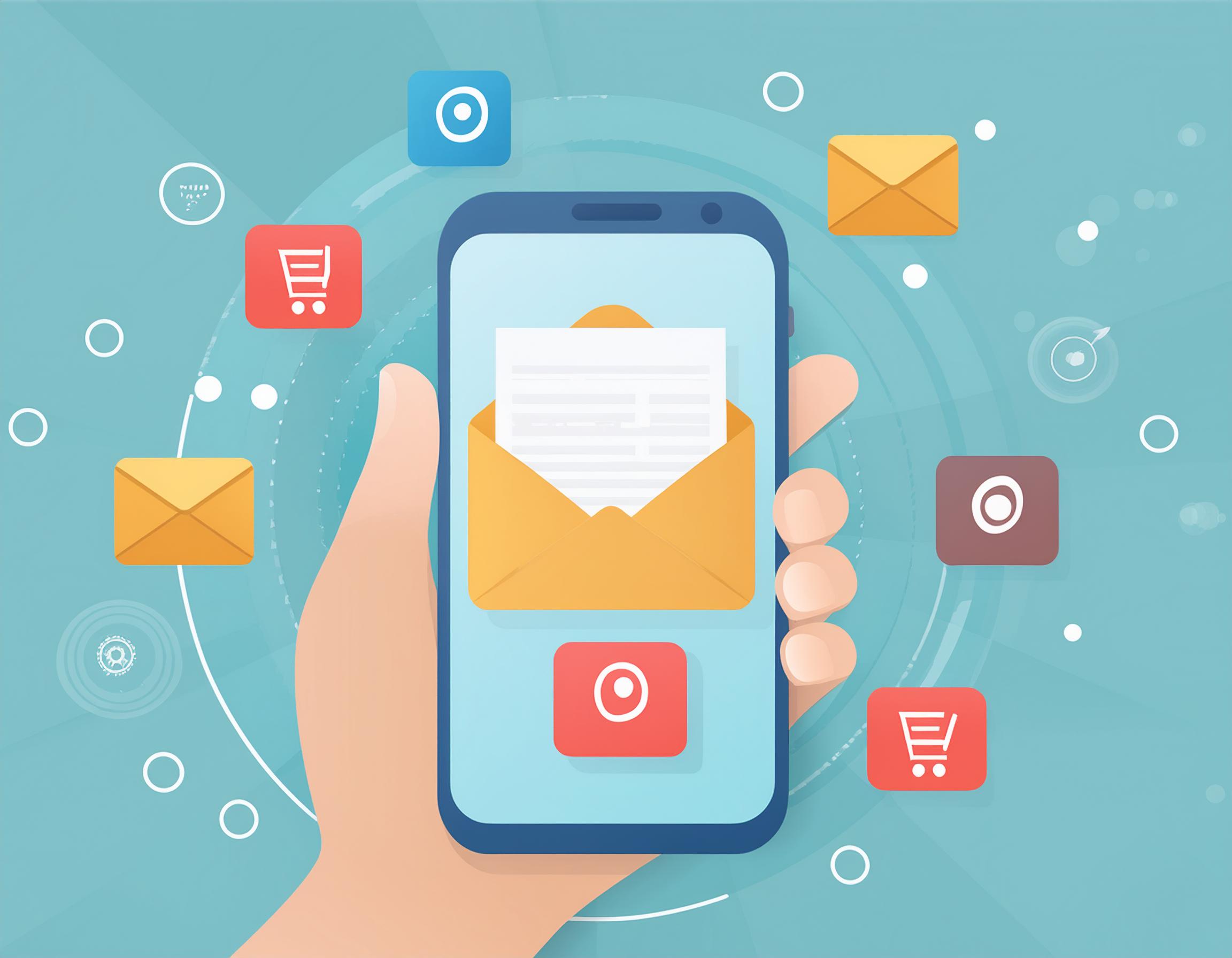For busy parents like us, email has morphed from a promised time-saver into a productivity-sucking time vampire.
We’re overwhelmed by our sibling’s email queries about Mom’s last doctor visit, buried under endless event-planning threads for the next mom’s night out, and exposed to a relentless stream of daily demands that we fill out forms or confirm what snack we’re bringing to school in October.
All of these inevitably morph into long email chains that require repeated reviews.
To escape endless email chains, I embarked on a journey to unearth some practical alternatives to communicating without the endless back-and-forth of email.
So before you hit compose in your Gmail, read on to discover alternative sanity-saving options to consider instead.
Ditch email in these scenarios:
1. When you need a real conversation
Email is terrible for nuanced, emotional communication due to the lack of tone, body language, and real-time clarification.
For deeply personal issues, like discussing a family member’s health status or speaking to a teacher about your child’s classroom performance, opt for the warmth and clarity of a phone call or face-to-face conversation. It allows you to immediately clarify any misunderstandings.

So, when it is time to discuss the next steps in your mom’s treatment regimen with your sibling, pick up the phone and discuss all the nuanced options together.
2. When you need a fast answer
Avoid letting simple questions languish in someone else’s inbox. You could wait days for an answer. Instead of turning to email, make a quick phone call that promises instant communication—and instant answers.
So the next time you’re unsure of whether your dental bill requires payment in full or is just an FYI, pick up the phone and make a quick call to the office’s billing person.
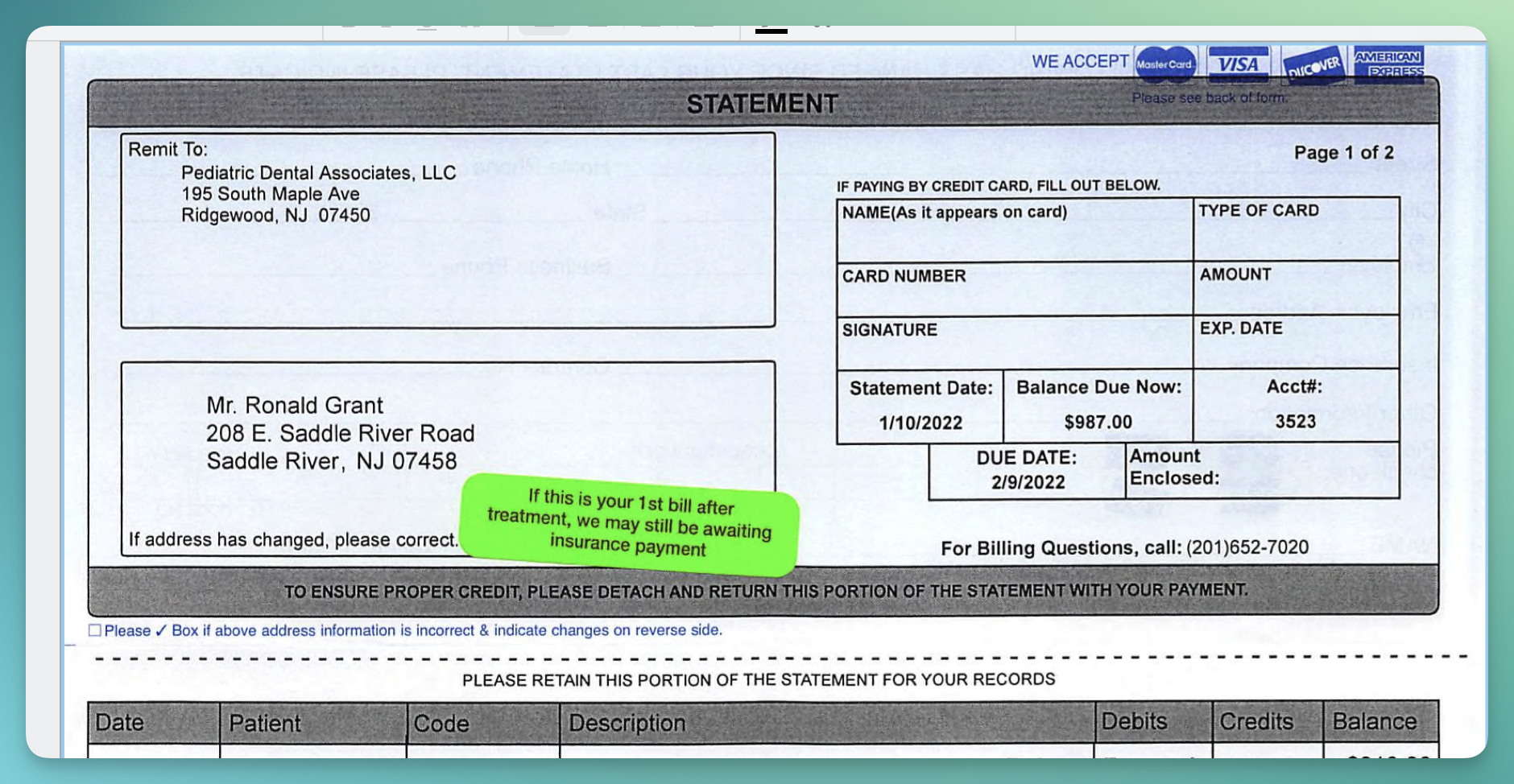
You’ll get an answer about the pending insurance right away, so you can immediately follow up with a payment—or shred the bill and wait for the updated version.
3. When the task involves coordinating too many people
Trying to coordinate multiple schedules or plan events via email leads to insanity.
For tasks that require group input, like figuring out who is contributing what, ditch the endless email threads.
Free online tools like SignupGenius or Google Docs make group collaboration much easier.
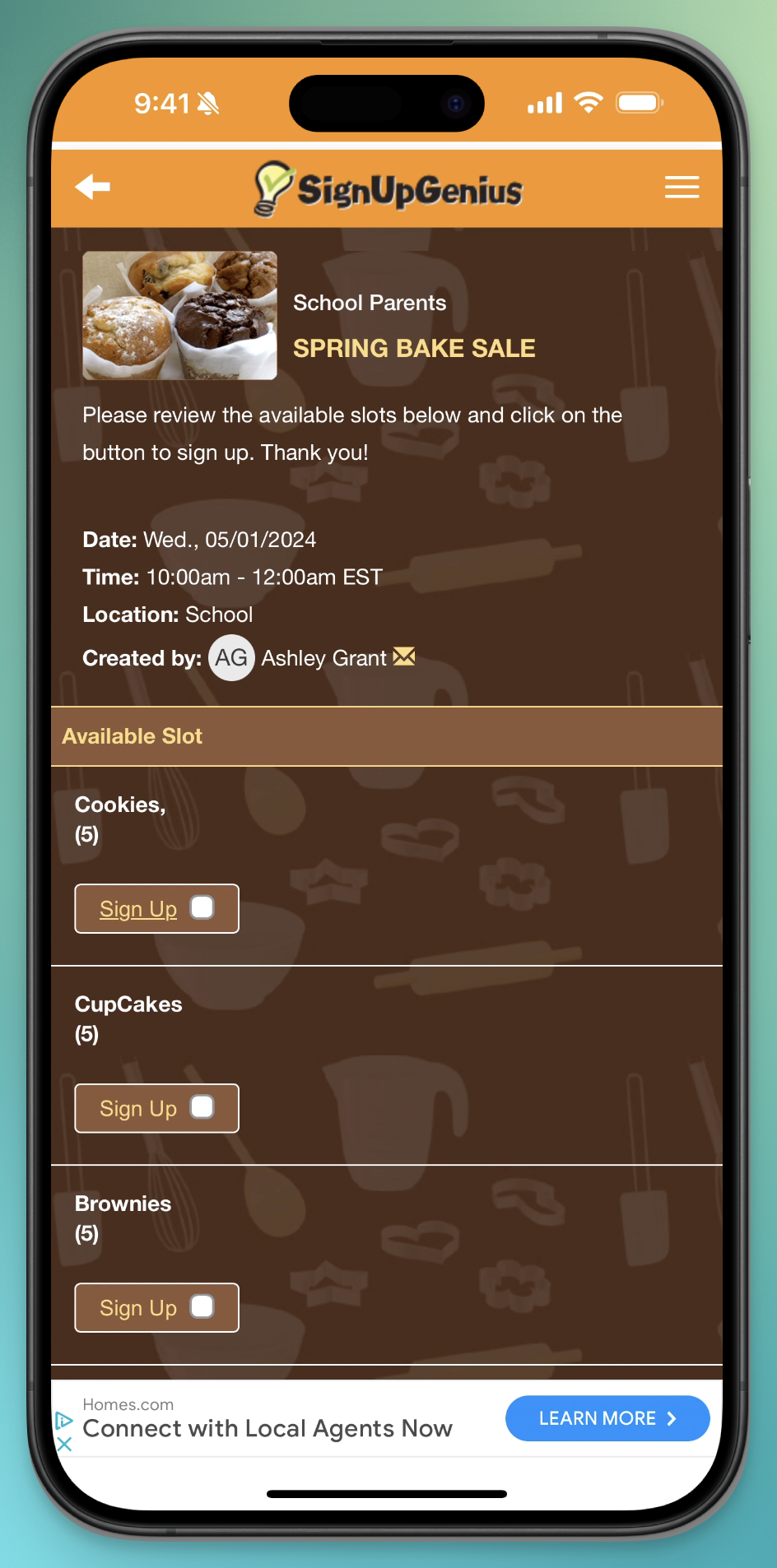
So, the next time you are getting multiple parents to commit to contributing a dessert to the Spring Bake Sale, avoid the back-and-forth of email and use a sign-up app like Sign Up Genius to seamlessly enable group members to share what dishes they will contribute.
4. When scheduling one-on-one get-togethers
Emailing back and forth to find a suitable time for a meeting with just one other person can be as draining as trying to coordinate a group.
Instead of playing the “When are you free?” game, use the proposed appointment scheduling features in apps like Google Calendar, Microsoft Outlook, or FantastiCal.
These tools allow you to share your availability in a calendar format, enabling the other person to pick a time that works for both of you without the endless exchange of emails.
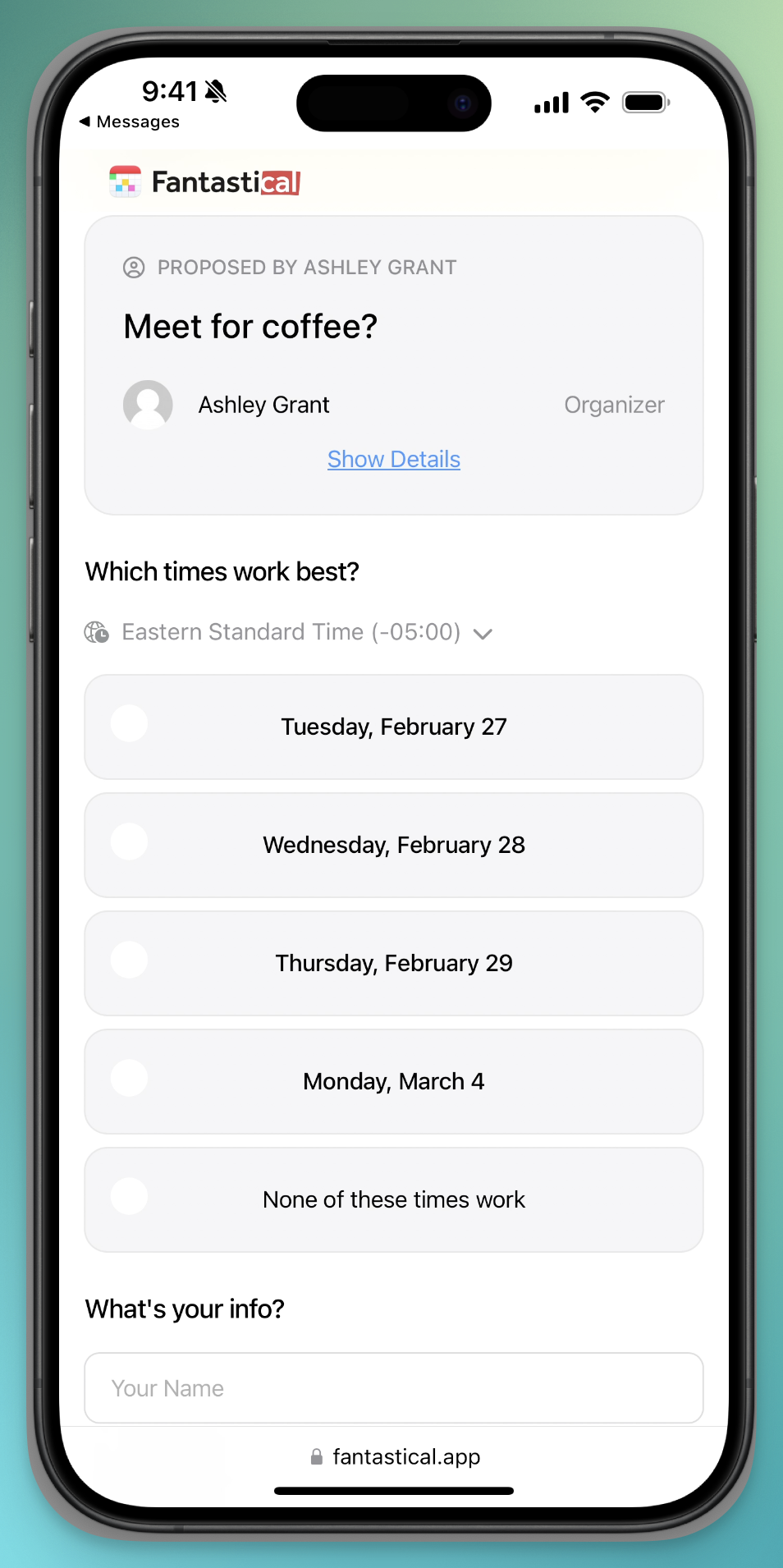
So, the next time you’re trying to book a coffee chat with a fellow parent, send them a link to the proposed options. It streamlines the process, making it easier for both parties to find the perfect time without the hassle.
5. When tracking RSVPs for big parties and events
When organizing events, whether a child’s birthday bash, a family reunion, or an elaborate holiday dinner, managing invitations and keeping tabs on RSVPs can quickly become overwhelming.
Fortunately, digital invitation and event management apps like Evite or Paperless Post offer a modern solution that streamlines the entire process.
With these platforms, you can create custom, eye-catching invitations that reflect the tone and theme of your event. But the real magic lies in their RSVP tracking capabilities. Guests can respond directly through the app, giving you a real-time headcount and making it easy to follow up with those who haven’t yet replied.
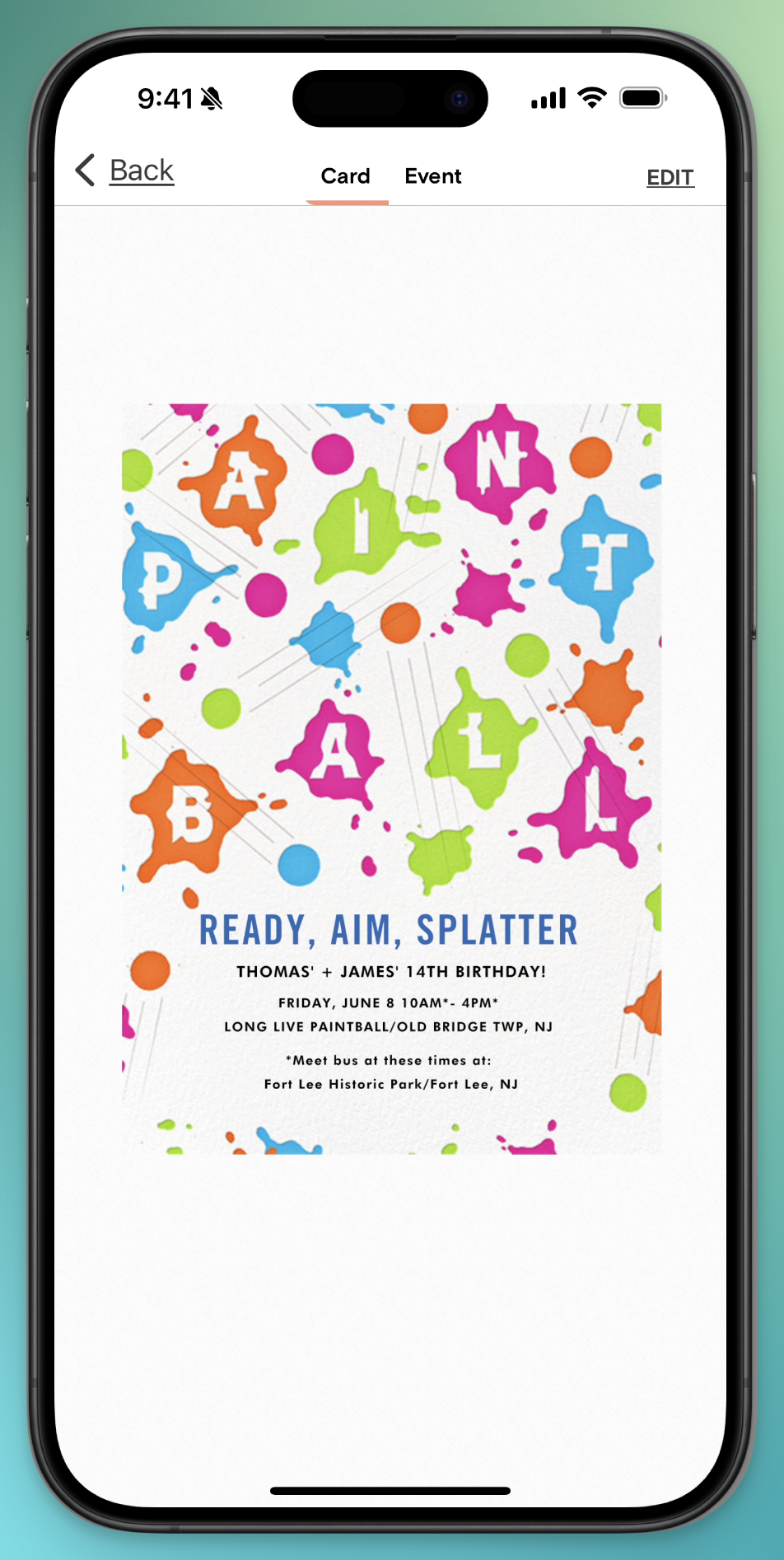
So use an app like Paperless Post to manage your child’s next birthday party. This will free your inbox from all the back-and-forth of response management.
6. When you’re tracking your to-dos
Emailing yourself stuff you don’t want to forget leads to a cluttered inbox.
Use your Reminders app to get those thoughts out of your head and onto your to-do list.
This is a cleaner, more efficient way to keep track of everything from book recommendations to a reminder to repair the bedroom lamp.
It leaves less clutter in your inbox for you to sift through later. And it puts your tasks where you expect to find them later — on your to-do lists.
So the next time a friend recommends a book you want to read, add it to your running “Books to Read” list in your Reminder’s app.
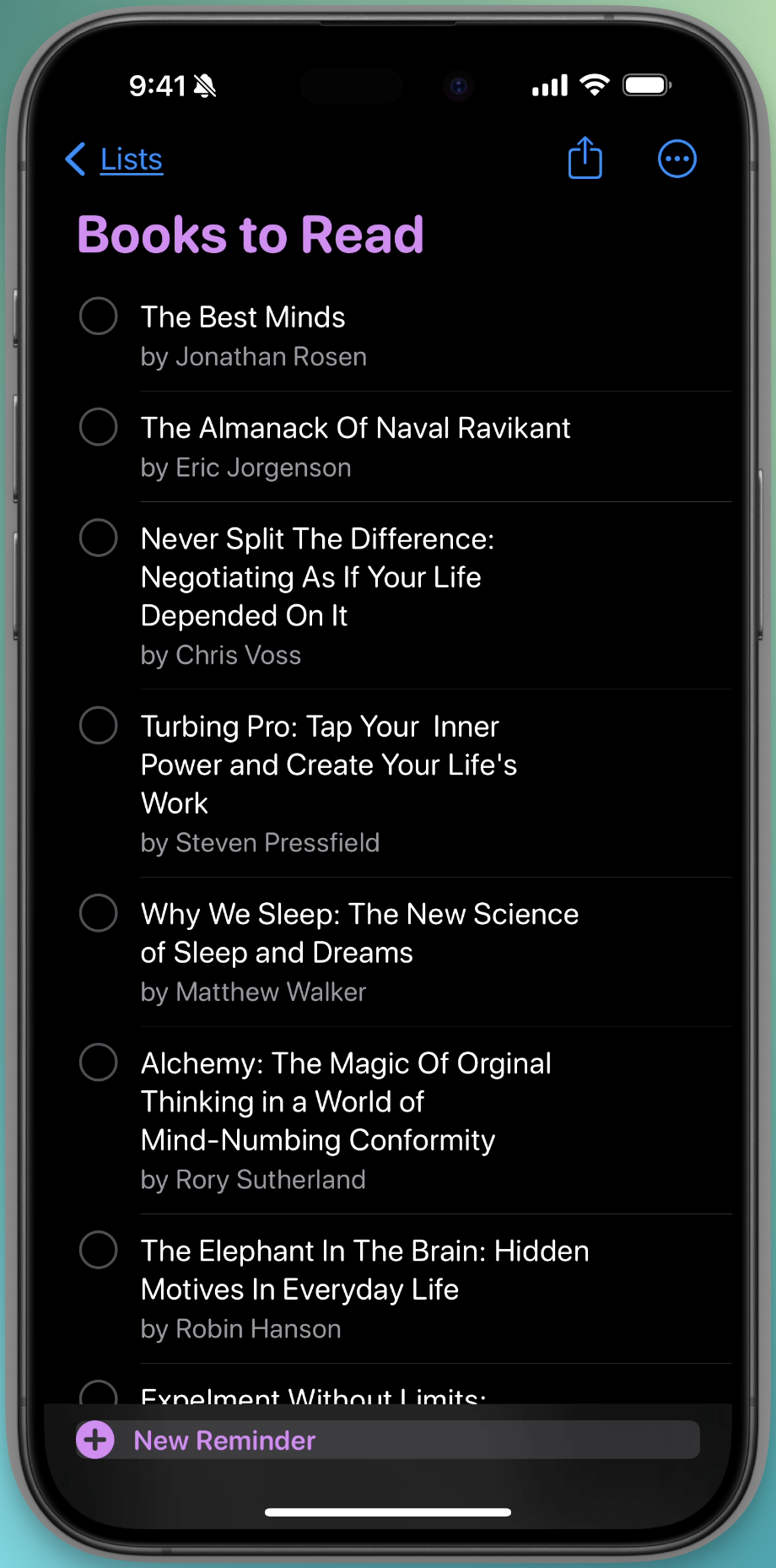
When you’re ready to move on to your next book, you’re more apt to turn to this list rather than dig through your email inbox for suggestions.
7. When you collaborate with your partner
Navigating the daily logistics with your partner shouldn’t have to feel like a full-time job.
To sidestep the potential for burnout or frustration from endless email chains, turn to the digital solution of shared apps designed for seamless collaboration.
Apps like Reminders or Google Keep allow you to collaborate more effectively by using shared digital lists for everything from grocery items to household projects that need to be completed this quarter.
You can also use apps like Notes, Evernote, Craft, or even Google Docs or Sheets to share up-to-date files and project notes with your partner.
These apps excel at creating shared spaces for every aspect of life, from tracking household maintenance tasks to vacation itineraries. Many apps allow users to attach files and links and even integrate with other apps.
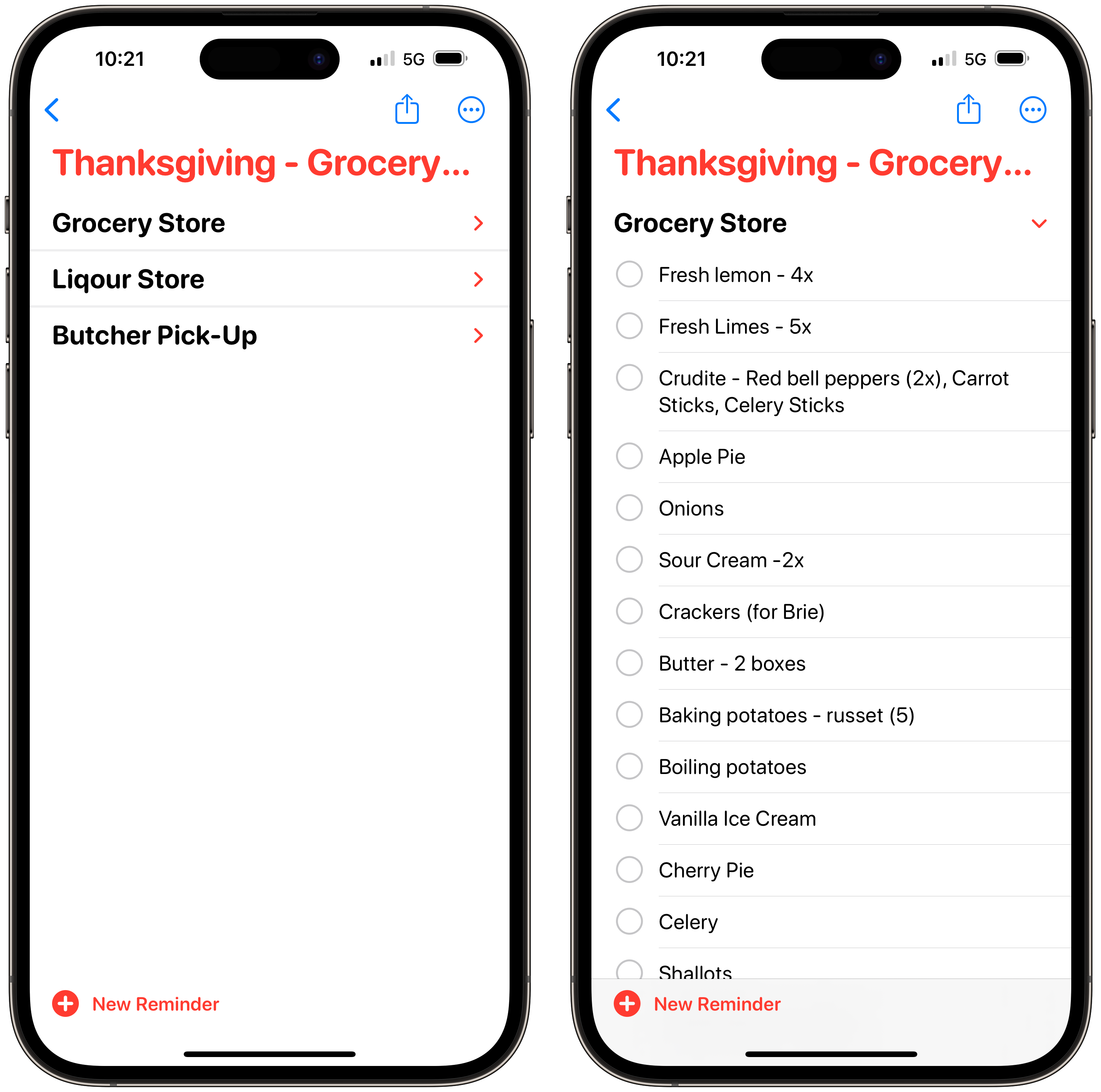
So, when you are coordinating all those Thanksgiving holiday hosting details with your partner, use the Reminders app to create a shared checklist you both can consult.
8. When you need to get paid back
Dealing with shared expenses or waiting to be reimbursed by friends and family can often lead to awkward conversations and an overflow of back-and-forth emails.
Enter the era of digital convenience with apps like Venmo, Splitwise, and others designed to eliminate hassle and awkwardness.
Venmo even allows for immediate payments, making the “I’ll pay you later” phrase a thing of the past.
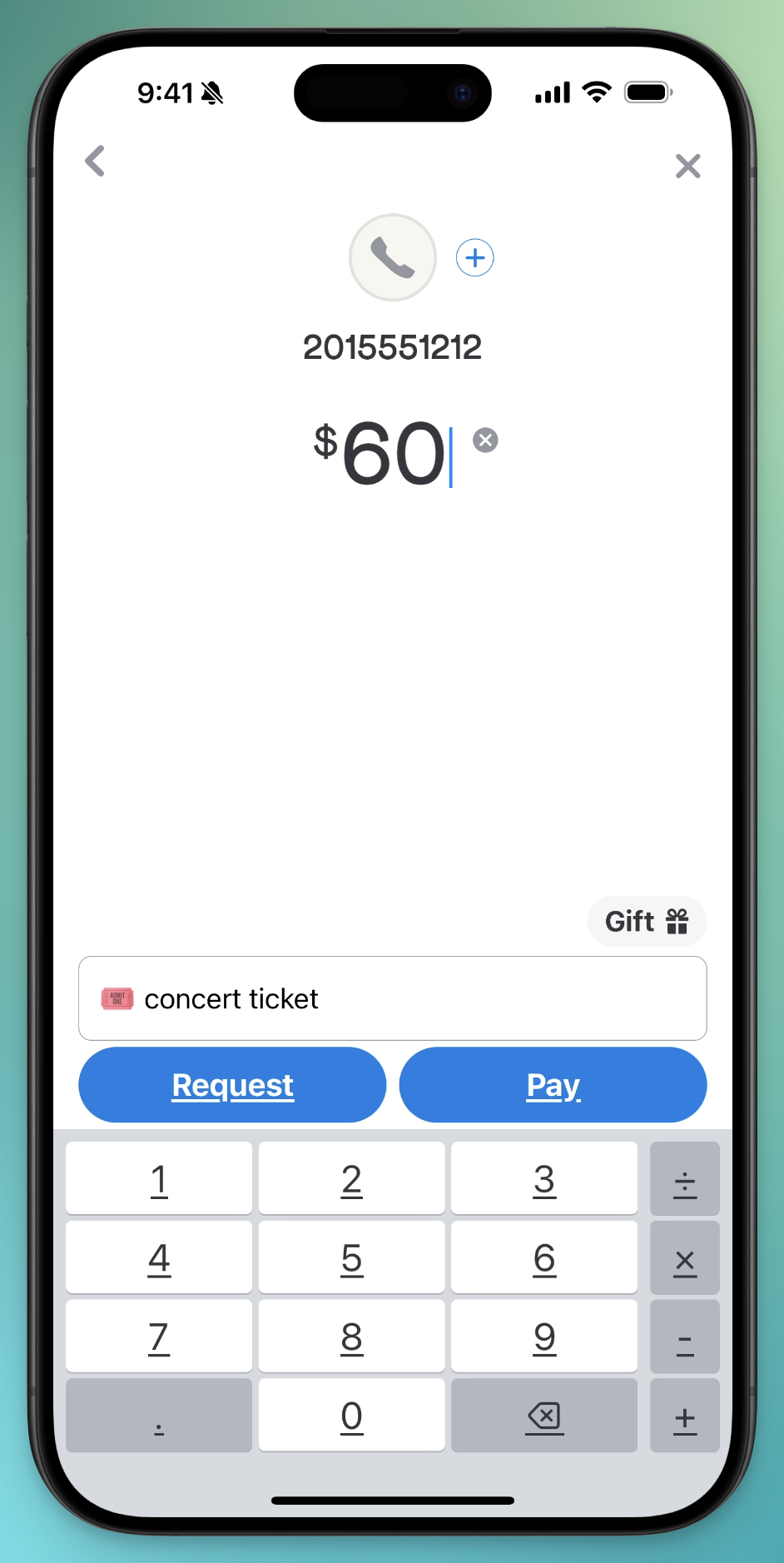
So when you need to get reimbursed for the concert ticket you bought for a friend, send them a Venmo payment request. It’s not just about getting paid back; it’s about maintaining peace of mind and relationships, all with a few taps on your smartphone.
9. When you want to share photos
In the quest to share life’s precious moments while keeping inboxes clutter-free, photo-sharing apps like the Apple Photos app, Google Photos, Flickr, SmugMug, and Cluster offer invaluable solutions.
These platforms simplify the process of organizing, sharing, and preserving memories without overwhelming email accounts.
Whether it’s creating shared albums for family vacations or setting up private groups for exclusive sharing, these apps cater to a variety of needs
By leveraging these tools, you can avoid the pitfalls of email clutter and keep your precious memories accessible yet protected, fostering connections through shared experiences in a more organized and enjoyable way.
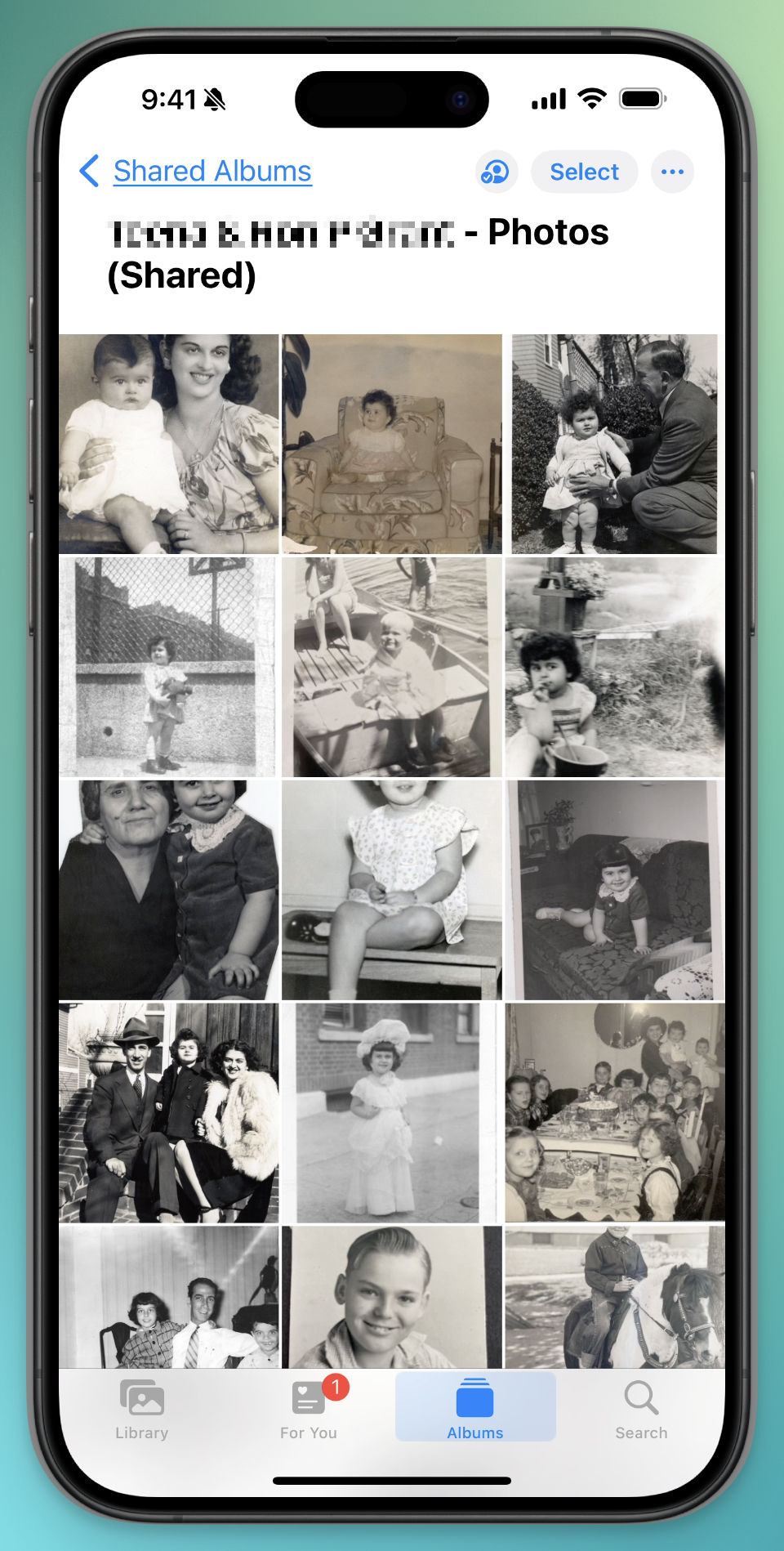
So the next time you find yourself sharing old family photos with your siblings, consider using photo sharing on the Photos app.
Reconsider YOUR use of email
While it’s impossible to drive a stake into the heart of every incoming email, check whether there’s a more efficient method of communication before you hit “compose.”
Opting for direct communication or task-specific tools can be the saving grace that minimizes the blood-sucking stress caused by too much back-and-forth email.

